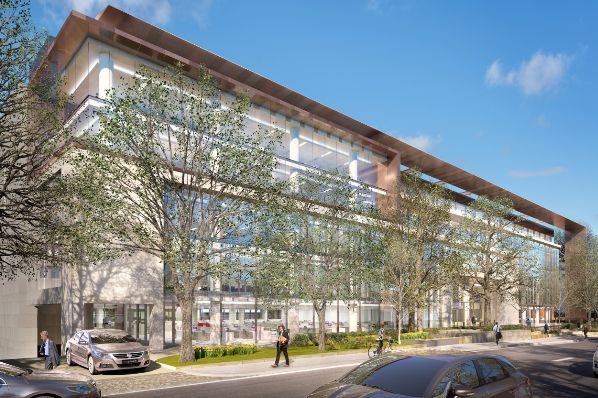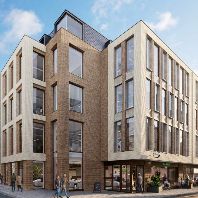26 office blocks in Dublin have been demolished and replaced since 2014, according to a new report from Savills Ireland.
The report, which examines how Dublin’s office landscape is changing, reveals that office redevelopments have been focused almost exclusively on the city centre, with twenty-one projects (81%) in Dublin 2, four in Dublin 4 (15%), and only one in the suburbs.
The average age of offices when they are knocked-down is 40.5 years and the redevelopment programme typically takes one-and-a-half years. The average size of the demolished blocks is 3,643 m² whereas their replacements average 4,968 m². This represents an average size gain of 36.4%.
According to Dr. John McCartney, Director of Research at Savills Ireland, higher density office development will improve the efficiency and sustainability of Dublin as a business location: "Dublin city centre has the best public transport links in Ireland and its connectivity has been further improved by the opening of Luas Cross City. The higher density office development that we are seeing is allowing more people to benefit from these transport links in their day-to-day commutes”
The Savills report notes that it is not just office developers who are attracted to the city centre. Three city centre offices have been actually converted to alternative uses since 2014. These include Findlater House on O’Connell St. and Pinebrook House on Harcourt St. both of which have been converted to hotels. Oisin House on Pearse St. – a dated office block from 1973 – is now being redeveloped for student housing and two further buildings – Creation House on Grafton St. and 10-12 Trinity Street – have had their first-floor offices converted to retail use.
Savills also notes that the vacancy rate in Dublin offices currently stands at 9.3% and rents are rising by about 5% per annum. Further rental growth is expected over the next two years but at a slowing rate as supply begins to catch up with the backlog of demand.















